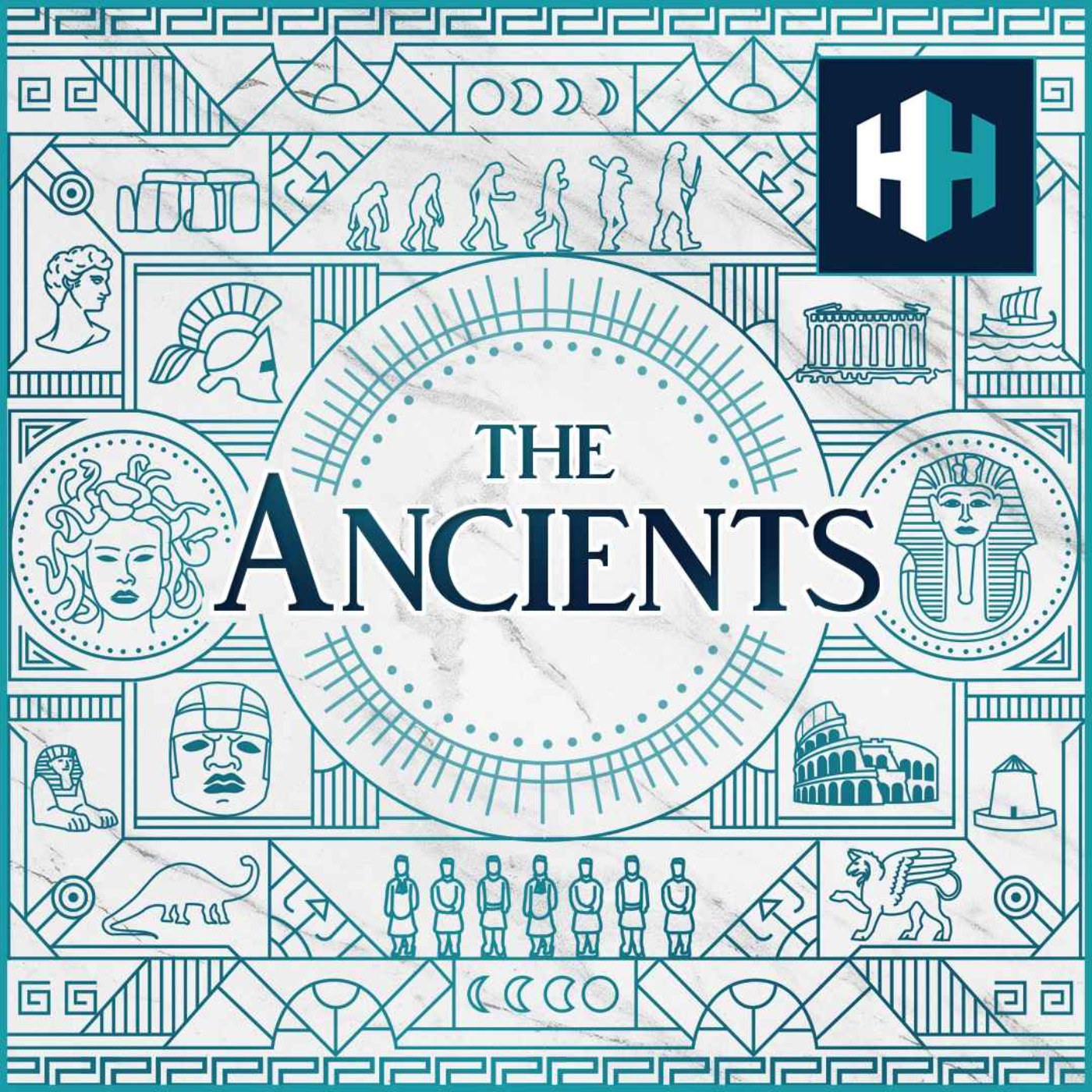
How did the Huns, Goths, and Vandals help bring down the Roman Empire - and sack the city of Rome itself, not once but twice?In this second episode of our special series on the Fall of the Western Roman Empire, Tristan Hughes is joined by Professor Peter Heather to explore the dramatic wave of invasions that shook Rome in the late 4th and early 5th centuries. From the arrival of the Huns to the sacks of Rome by the Goths in 410 and the Vandals in 455, we trace how the advance of innumerable barbarian tribes brewed decades of tension, betrayal, and bloodshed which helped bring the empire to its knees.MORE:Fall of the Western Roman Empire:https://open.spotify.com/episode/2fKMe2jrV1oZKzRSws83w4The Goths:https://open.spotify.com/episode/5PbZnN3xtQbLkcn2dPZPy2Presented by Tristan Hughes. Audio editor and producer is Joseph Knight. The senior producer is Anne-Marie Luff.All music courtesy of Epidemic SoundsThe Ancients is a History Hit podcast.Sign up to History Hit for hundreds of hours of original documentaries, with a new release every week and ad-free podcasts. Sign up at https://www.historyhit.com/subscribe. You can take part in our listener survey here: https://insights.historyhit.com/history-hit-podcast-always-on
No persons identified in this episode.
No transcription available yet
Help us prioritize this episode for transcription by upvoting it.
Popular episodes get transcribed faster